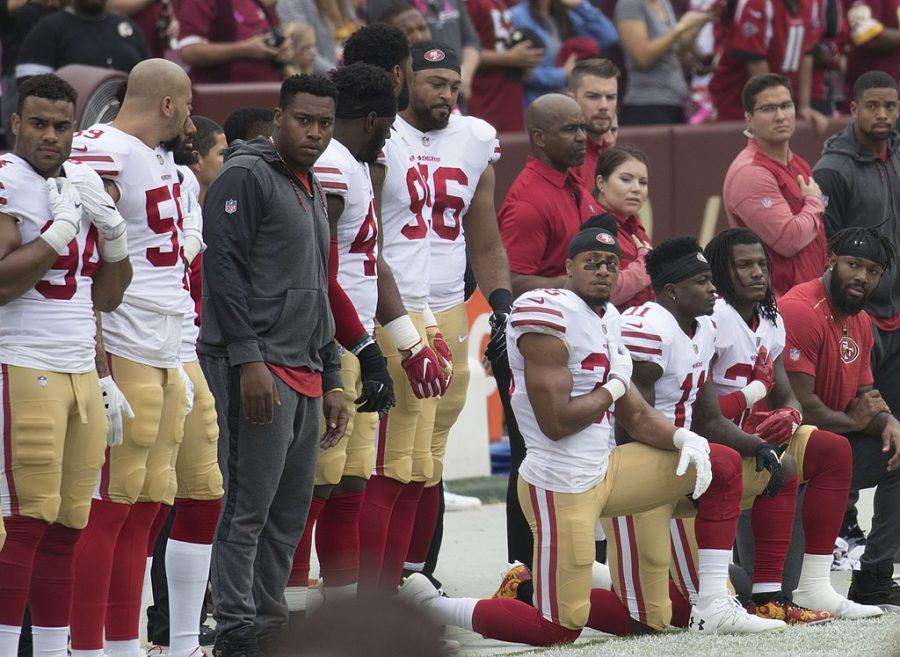August 1, 2016, marked the 50th anniversary of the infamous tower shooting at the University of Texas at Austin. Seventeen people were fatally shot during the attack, and more than 45 others sustained non-fatal wounds. On the same day of this anniversary, a bill signed by Texas Governor Greg Abbott went into effect, allowing any student with a concealed carry permit to bring a handgun to all public college campuses in Texas. Now, many upcoming students in universities will have to face the fact that anyone can be instantly armed at any time on campus.
This law has given many public universities and students some concern to regulate campus carry. Even before the implementation, the law had an impact on people, creating controversial discussions such as the fact that guns in the classroom would “interfere with students’ free speech in the classroom,” said Ellen Spiro, a professor at the University of Texas at Austin’s Department of Radio-TV-Film. Moreover, open debates on controversial issues and arguments between students and teachers may be smothered due to the lingering fear that a short-tempered person may be carrying a firearm. Surprisingly, three professors even attempted to sue their university in UT to prevent the allowed carrying of concealed weapons.
According to the health encyclopedia from the University of Rochester Medical Center, rational judgment in the brain does not develop until the brain completes its growth, which isn’t until the age of 25. This would mean that the period that rational thinking dominates over emotions in humans is far ahead of the age that most university students graduate and the legal age of 18 to possess a gun.
Laurence Steinberg, a professor specializing in child and adolescent psychological development, says in Should the Science of Adolescent Brain Development Inform Public Policy that “it is known from behavioral research that the average 17-year-old is less likely than the average adult to think ahead, control his impulses, and foresee the consequences of his actions.” The research conducted in URMC furthermore validates that “in teen’s brains, the connections between the emotional part of the brain and the decision-making center are still developing. That’s why when teens are under overwhelming emotional input, they can’t explain later what they were thinking. They weren’t thinking as much as they were feeling.”
Looking onward, the majority of admitted college students will be coming in as freshmen at the ages of 17-19, and the graduates will complete their Bachelor degrees at the ages of 21-23. And now, suppose there was an active shooter on a campus, who is carrying a firearm, which is allowed by law. Who would be the best to respond to a situation like this, a 19-year-old gun owner who has little to no experience with a firearm or a university cadet who is prepared to respond effectively under pressure?
Stirred by the April 16, 2007, Virginia Tech killing, a national organization known as the Students for Concealed Carry strongly support the campus carry law. The group has grown into at least 43,000 people in 2017. Their primary position on supporting campus carry is that “a deranged gunman can do a great deal of damage in just the few minutes it takes campus police to arrive on the scene. Campus police simply cannot be dispatched in time to stop a madman from taking innocent lives. Only the people at the scene when the shooting starts–the potential victims–have the potential to stop such a shooting rampage.”
According to the Federal Bureau of Investigation, only 15 active shooter events have occurred on college campuses nationwide between the years of 2000 and 2015, in which none have happened in Texas. These shootings have resulted in 70 deaths (with half at the Virginia Tech shooting). Additionally, another report detailed by the FBI showed that out of the 160 active shooting incidents from 2000-2013, only one shooting was stopped by a concealed carry permit holder in 2008. The next known case occurred in 2015 when a military veteran successfully stopped an armed shooter in Oregon. Despite this, the shooter still managed to kill nine people and injured seven others at Oregon’s Umpqua Community College.
As there are approximately more than 2,000 university campuses and 20 million college students in the United States (National Center for Education Statistics), the chance that anyone will encounter an actual shooter is exceptionally slim. Many states that have already legalized campus carry will not see any significant increase in crime rates. However, students that will graduate from high school should not be prepared to live in an environment with concealed weapons. Colleges and universities should have their central educational aim to develop the love of learning and respect for human life, civilization through discussion, debate, and peaceful expression for all students.
Categories:
A Loaded Problem: College students should prepare for concealed guns
Written by Hammad Arain
March 10, 2017
Story continues below advertisement
0
Donate to Kerronicle
$0
$700
Contributed
Our Goal
Your donation empowers the student journalists of Alief Kerr High School. With your help, we can continue producing meaningful stories and quality content just like this. Every contribution goes toward purchasing essential equipment and covering our annual website hosting fees.


